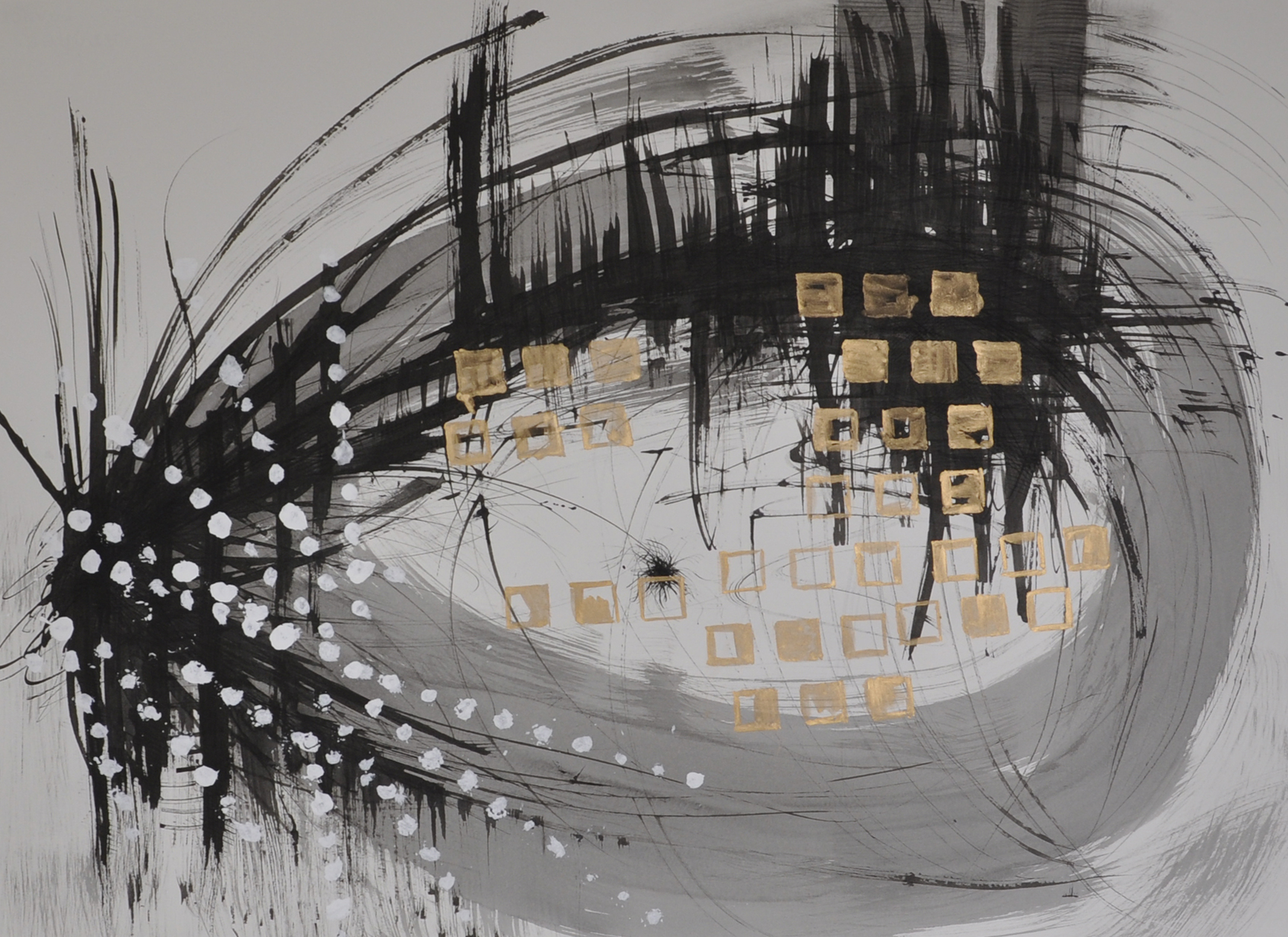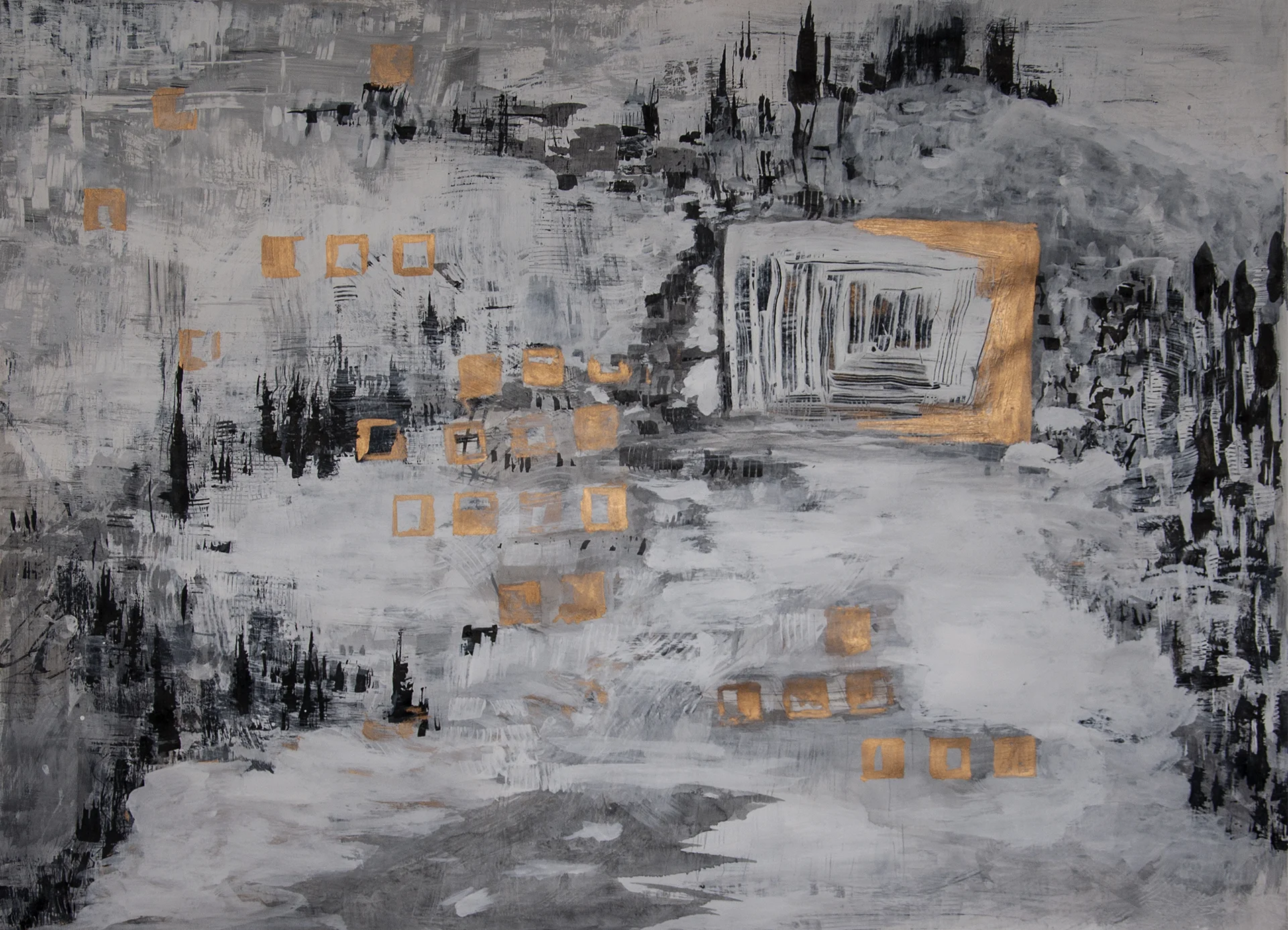For years, I've been interested in finding a collaborator. For whatever reason it seemed harder to find a collaborator than a "life partner." Every time I collaborated or attempted to collaborate it felt like one of us had a stronger vision or a stronger interest. I collaborated with great people, great artists. My friend Maria McLeod and I worked on a film together, she wrote the words I did the visuals. I was young and somewhere I thought I lost control. The results are really interesting but not what I would have expected (An Idea of Mother). Then I collaborated with Genevieve Jacobs, a writer and a good friend. She was organized and driven. I was a bit lost. We did something naive and didn't get our interviewees to sign releases. The experience scarred us both. It's a long story and not pretty (the film, Living on the Moon: Rape and the Aftermath was introduced publicly by Governor of VT Howard Dean and will never be seen again though everyone loved the work). I collaborated with Daisy Daisy, a friend from high school onward and we made something fun but it was something that I couldn't really put my heart into. I collaborated with Haruko Nishimura of Degenerate Art Ensemble (Einstein on the Beach). This was great but theater people work at a speed I can barely follow and the work is high pressure.
Sometimes I have, over the years, gotten together with people and talked about collaborating--planned to collaborate. Someday there's a project coming with the amazing Kristen Ramirez, the incredible Meredith Clark and also most recently a high school friend I really like named Zoe Barracano (Gangemi). I look forward to these. I've collaborated and partnered a ton in my art and media teaching. I also have led many others to collaborate. But something was never quite sustainable when it came to collaborating on artistic projects that were closer to mine (closer than teaching work, which I "facilitate" rather than "own").
Besides finding the right match, I think the key for me was to stop talking. This is a lot of what I need from art making anyway, respite from the words of the world (even though I'm a chatty art maker). On that first day last August, Beate made the suggestion that we draw together after lots of good conversations about our art that showed that we "got" each other. Both of us figured it would be a one time idea. We started drawing together and we kept going. When we get too cerebral one of us throws ink on the page and we work fast to do something with the mess. Our motto is "fuck thinking." She laughs at me for draw so many straight lines, I sometimes fear the curves that she puts on the page. And then together, we assess and assess and assess. I love that she does all the proper things like taping the art to the desk and then pinning it up on the wall to really looking at it. These are things I know to do but I'm usually too lazy. She also does a lot more of the obsessive things that really make the work finished. The work always feels like ours and not like mine or hers.
We've talk about the process of how we need to mess up our work to really finish it. These images are a great example of that. We call the original "Pineapple." People saw it and liked it. We couldn't quite connect with it. Out of Pineapple we "messed it up" and came up with this new image we call "Tunnel."
Last night we had our first official show. Just 2 images at a gallery in Seattle. It's a start.



